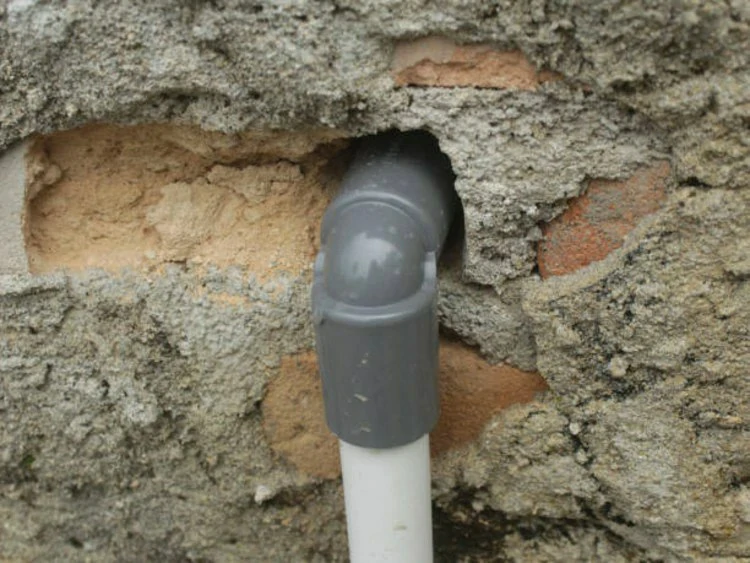Introduction to Connecting PPR Pipes
Connecting PPR pipes is a critical aspect of plumbing and piping installations, ensuring leak-free joints and long-term performance. Two primary methods commonly used are fusion welding and mechanical connections. In this article, we’ll delve into these methods, exploring their advantages, applications, and best practices.
1. Fusion Welding for PPR Pipes
a. Principle of Fusion Welding:
Fusion welding, also known as heat fusion, is a widely used method for joining PPR pipes. It involves heating the pipe and fittings to their melting point, then pressing them together to form a seamless joint. The molten material from the pipe and fitting mixes, creating a strong and homogeneous bond when cooled.
b. Advantages of Fusion Welding:
Strong and Leak-Free Joints: Fusion welding produces joints with uniform strength and integrity, minimizing the risk of leaks or failures.
Seamless Integration: Fusion welding allows for seamless integration of pipe and fittings, ensuring smooth fluid flow and reduced pressure drop.
Chemical Compatibility: Fusion welding creates joints without the need for additional chemicals or adhesives, preserving the chemical resistance of PPR pipes.
c. Applications of Fusion Welding:
Fusion welding is commonly used in residential, commercial, and industrial plumbing systems.
It is ideal for applications requiring high-pressure resistance and long-term reliability, such as hot and cold water distribution, HVAC systems, and chemical processing plants.
2. Mechanical Connections for PPR Pipes
a. Principle of Mechanical Connections:
Mechanical connections involve using mechanical fittings, such as compression fittings, threaded fittings, or push-fit fittings, to join PPR pipes. These fittings typically feature rubber or plastic seals that create a watertight seal when tightened or pressed onto the pipe.
b. Advantages of Mechanical Connections:
Ease of Installation: Mechanical connections are relatively easy to install and require minimal training or specialized equipment.
Versatility: Mechanical fittings offer versatility, allowing for easy disassembly and reassembly, making them suitable for temporary or modular installations.
No Heat Required: Unlike fusion welding, mechanical connections do not require heat, making them suitable for applications where heat may be impractical or hazardous.
c. Applications of Mechanical Connections:
Mechanical connections are commonly used in residential plumbing, irrigation systems, and temporary installations.
They are suitable for applications where flexibility, ease of installation, and disassembly are priorities.
Conclusion
Both fusion welding and mechanical connections are effective methods for joining PPR pipes, each offering unique advantages and applications. Fusion welding provides strong, seamless joints ideal for high-pressure and permanent installations, while mechanical connections offer versatility and ease of installation for various plumbing systems. By understanding the principles and applications of these connection methods, plumbers and engineers can choose the most suitable technique for their specific project requirements, ensuring reliable and leak-free piping installations.
Contact
IFANPLUS is a specialized product series launched by IFAN, primarily covering plastic pipes, fittings, and various types of valves. We offer PPR and PVC pipes in German and American standards, ensuring the high quality and reliability of our products. IFANPLUS valve products include a variety of valves, from PPR valves to other diverse copper valves, catering to your specific requirements. Whatever product you need, IFANPLUS will be your reliable partner. Here is our contact information.
We will reply your email or fax within 24 hours.
You can call us at any time if there is any question on our production.
For more information,pls visit our webside https://www.ifanplus.com/
Pls Mailto: [email protected]






